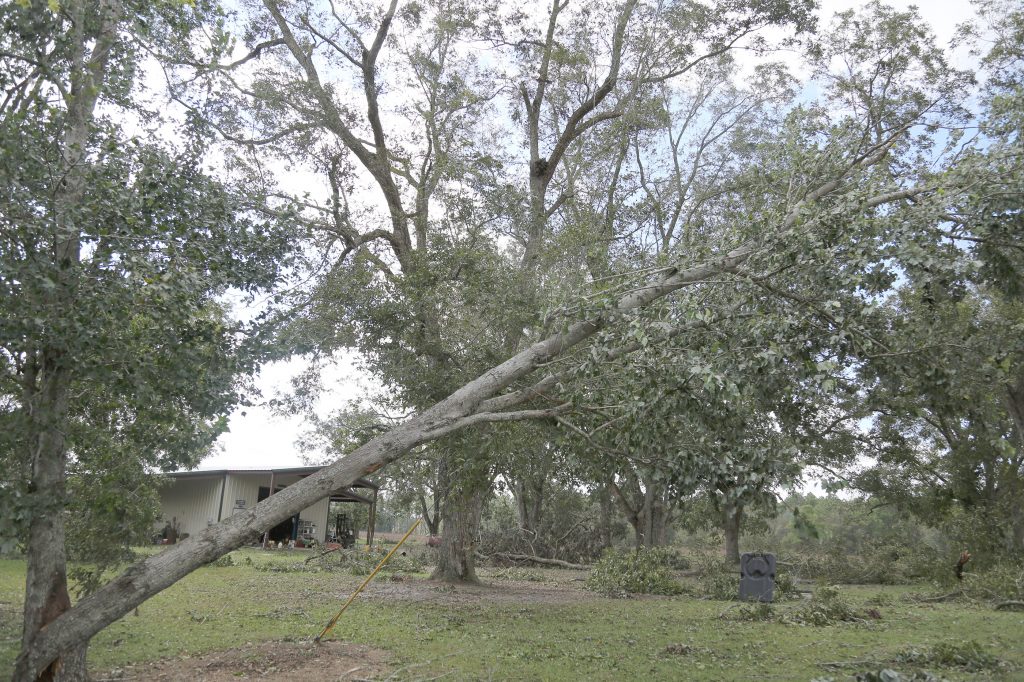
By Clint Thompson
A down year in pecan production was especially impactful for one Georgia producer who is still recovering from Hurricane Michael three years ago.
“We didn’t make but about a 10% crop, so not good at all,” said Eric Cohen, co-owner of Pecan Ridge Plantation in Decatur County. “It’s a real short crop in Georgia this year.”
A 10% crop equates to about 100,000 pounds for Cohen’s pecan operation, which falls in line with the decreased production expected this year by industry specialists.
Devastating Impact
While this year’s rain and cloudy weather were mostly to blame for Georgia’s plummeting production, one of the worst natural disasters in recent memory continues to haunt Cohen and impact his farming operation in southwest Georgia.
When Hurricane Michael moved through the Southeast in October 2018, it ravaged crop production and especially devastated the pecan crop. Losses from Hurricane Michael to Georgia’s pecan industry were estimated at $560 million. But about $200 million were due to the loss of future income, which is what is still impacting growers like Cohen three years later.
“We’re still kind of recovering from Michael, too. Our trees are so broken up and all. We had as good of a crop as you could have last year. It just didn’t come back,” Cohen said. “There just wasn’t a crop out there this year.”
The hurricane added to Georgia’s production woes this year which were not unexpected. According to the University of Georgia (UGA) Extension pecan blog, UGA Extension pecan specialist Lenny Wells estimated that Georgia’s production would not exceed 60 million pounds. But that number may fall even further, perhaps below 50 million pounds. It would be the first time Georgia production has dropped that much since 2006 when production netted only 42 million pounds.
“I (estimated) about 65 million (pounds) at first (for Georgia). There were people telling me I was crazy, but I was telling them I’m not. But dang if I’m not too high,” Cohen said.
Other Reasons for a Down Year
The decreased volume comes on the heels of a 142-million pound output last season. The alternate bearing cycle contributed to this year’s decreased output. Other factors include the steady rains during the production season. They led to scab disease issues for most growers.
Also, persistent cloudy weather contributed to decreased yields and quality issues. The mid-season varieties suffered the most impact. November is when the majority of varieties are mature enough for harvest. This year’s volume was minimal, however. Growers estimated about 30% of their normal crop from mid-season varieties. That comprises a large percentage of Georgia’s orchards.









